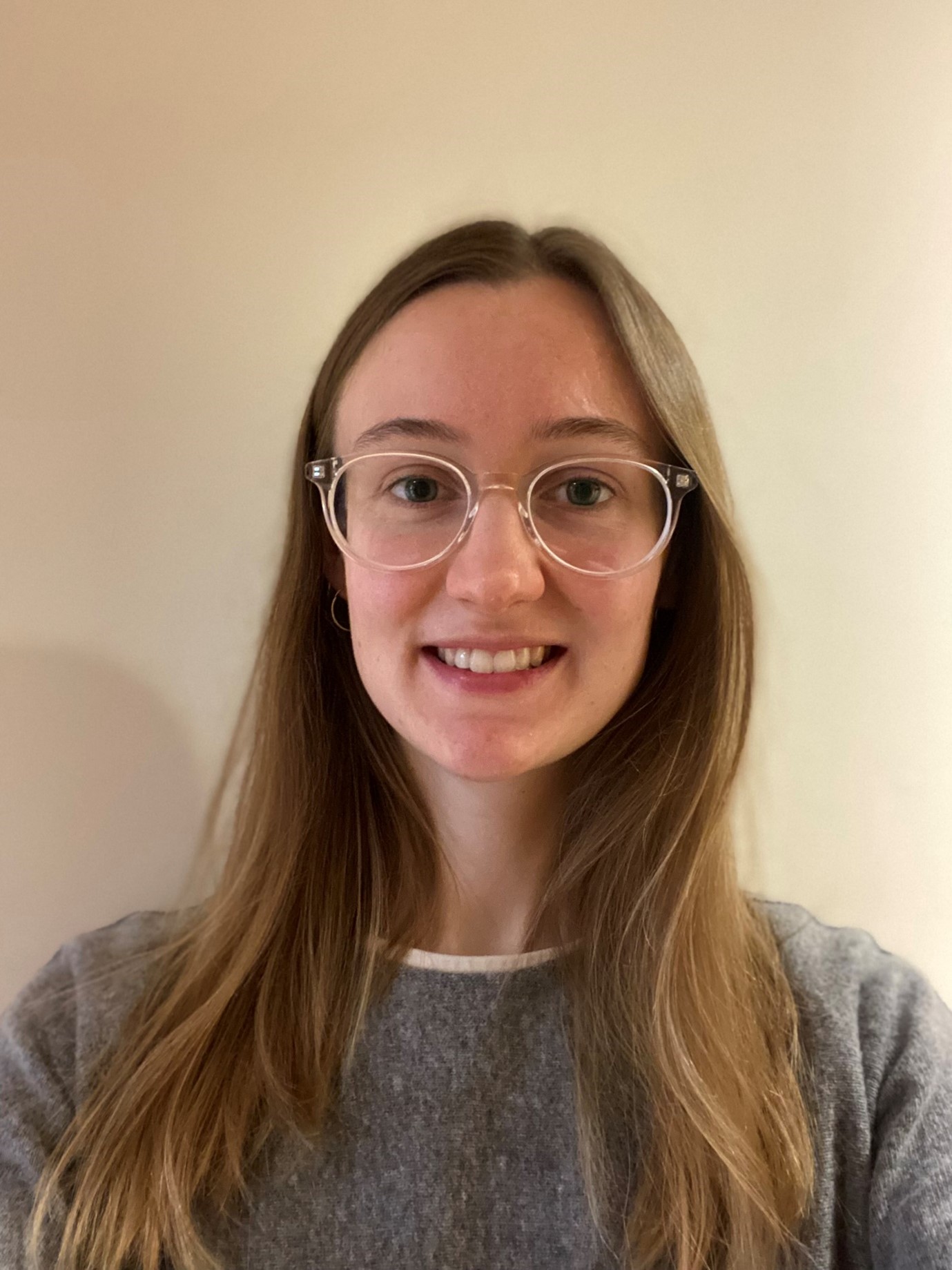Occupational Therapy Student Story: Natalia Purkiss

Natalia Purkiss is in her first year of the MSc Occupational Therapy (pre-registration) course at Health Sciences University. After graduating with a Psychology degree, and then working in a children’s nursery, Natalia was inspired by a guest speaker at the nursery to pursue occupational therapy as a profession.
Studying Occupational Therapy
“We’ve had on-campus teaching experiences and also placement experiences. From a combination of those, I’m learning more about what occupational therapists do.
“Occupational therapists support people to do the meaningful activities that they have perhaps been prevented from doing through some sort of injury, illness or mental health.
“For example, a mental health condition could be affecting the way they do their day-to-day activities. And so our job as an occupational therapist is to find ways that will help them to do the activities they want to do.”
Supporting Patients as an Occupational Therapist
“The patients that I’ve seen on my placements just want to get back to the meaningful activities that are important to them. Yesterday I went on a visit to a hospital and someone we saw had a hand injury. The first question they asked was when they could get back to playing rugby because that is their meaningful occupation or activity. Obviously they were told that they have to wait a bit of time, but it’s something that occupational therapists can help them with.
“On the mental health side of occupational therapy, I’ve had the opportunity to work with people with dementia, helping them to find coping strategies. For example, there was a lady with dementia that I saw in a care home. We found out from talking to her family that she really likes Cliff Richard.
“We found that by playing Cliff Richard’s music and talking to her about him, we could help her to calm down and reduce aggressive behaviours. That was a really simple but effective way to reduce those behaviours and it’s an example of what an occupational therapist might do.”
What Makes a Good Occupational Therapist
“I think a good occupational therapist is very compassionate, understanding, and likes listening to the values of the patient. We take an occupational profile, which is like having a conversation, where we gather the history of a patient. It’s not so much sitting down and going through a checklist of questions; it’s more like getting to know the person in a less formal way. That really gives us an understanding of the person’s meaningful activities.”
What Drew Natalia to the Profession
“Before starting the course, I was working in a nursery with children aged from six months to five years old. When we were in the nursery, sometimes we’d have visitors or guest speakers. One day we had an occupational therapist come and speak to us and I found it really inspiring.
“They talked about how they could help children with sensory processing difficulties, for example, children who might be highly sensitive to certain things, such as textures, tastes, or sounds. I also have a family friend who is an occupational therapist and talking to them about what they do sounded really fascinating.”
Placement Opportunities
“My first placement was with an intermediate care service at a hospital. That was a six-week placement where we were based in the hospital as well as visiting people in the community.
“I was part of the team that helped to prevent people from going into hospital, but also seeing people that had just come out of a hospital, helping to prevent them from going back in. I worked with two occupational therapists, shadowing them for the six-week period.
“I also got to spend a lot of time with different people in the multidisciplinary team, such as physiotherapists, therapy technicians and support workers. I saw people with a range of conditions such as MS, diabetes and people with broken bones. The main thing that we helped with was to prescribe different adaptive equipment or make adjustments to the people’s homes.
“My second placement was also at a hospital, working with dementia patients. I was working alongside a mental health team including nurses, mental health support workers and a psychiatrist. We would visit people in their homes and/or in care homes and find ways to make their life a bit easier. For example, we sometimes gave walking aids, such as a Zimmer frame, but also gave them and their carers strategies to help them cope.”
Highlights of the Course So Far
“I think for me the highlights have been the placements, where you get first-hand experiences. This is very valuable because you know you can study it in theory, but when you actually go out and see it, it’s quite different and I think you learn a lot more. Yesterday, as part of the course, I went and saw the hand therapy unit in a hospital; we had a go at making splints, which was a fun experience and good to experience. We also saw an occupational therapist talking to some patients, asking the patient questions and explaining their professional reasoning behind decision making.
“Occupational therapy is very varied! I would definitely recommend the course.”
You can find out more about the MSc Occupational Therapy (pre-registration) course here.